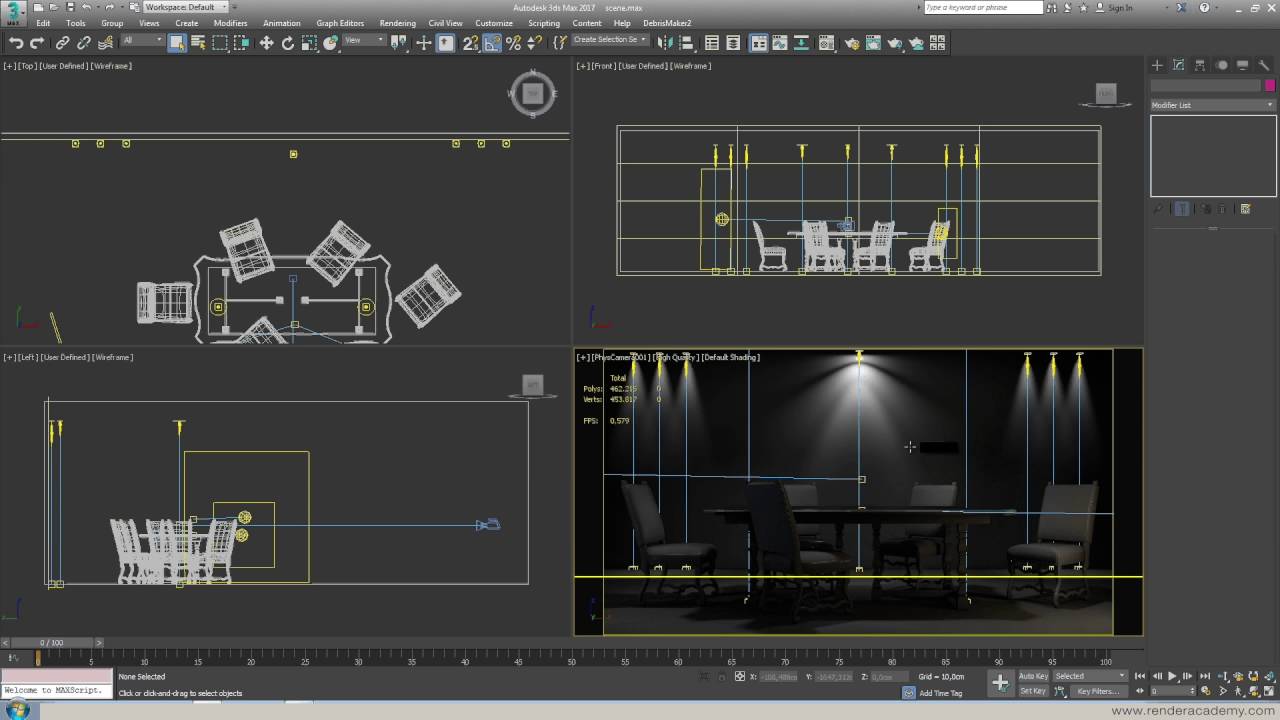

As you build models in this space and create lights and cameras to view them, it's helpful to distinguish this stationary frame of reference, or "world space," from the local frame of reference you create for each model when you apply transformations to it. The space defined by these axes is the stationary frame of reference for 3D objects in WPF. In the 3D coordinate system, however, the origin is located in the center of the rendering area, with positive x-axis values proceeding to the right but positive y-axis values proceeding upward instead, and positive z-axis values proceeding outward from the origin, toward the viewer.Ĭonventional 2D and 3D coordinate system representations In the 2D system, positive x-axis values proceed to the right and positive y-axis values proceed downward. The WPF coordinate system for 2D graphics locates the origin in the upper left of the rendering area (typically the screen).
SET.A.LIGHT 3D STUDIO FULL HOW TO
This topic will focus on how to draw 3D graphics inside the Viewport3D. Although you can use Viewport3D with other 2D drawing objects in the same scene graph, you cannot interpenetrate 2D and 3D objects within a Viewport3D. In a conventional 2D application, use Viewport3D as you would another container element like Grid or Canvas. More accurately, it is a surface on which a 3D scene is projected. Viewport3D functions as a window-a viewport-into a three-dimensional scene. The graphics system treats Viewport3D as a two-dimensional visual element like many others in WPF. This topic provides an overview of 3D functionality in the WPF graphics system.ģD graphics content in WPF is encapsulated in an element, Viewport3D, that can participate in the two-dimensional element structure. 3D support in WPF is not designed to provide a full-featured game-development platform.

Developers can combine 2D and 3D graphics to create rich controls, provide complex illustrations of data, or enhance the user experience of an application's interface.
SET.A.LIGHT 3D STUDIO FULL WINDOWS
The 3D functionality in Windows Presentation Foundation (WPF) enables developers to draw, transform, and animate 3D graphics in both markup and procedural code.


 0 kommentar(er)
0 kommentar(er)
